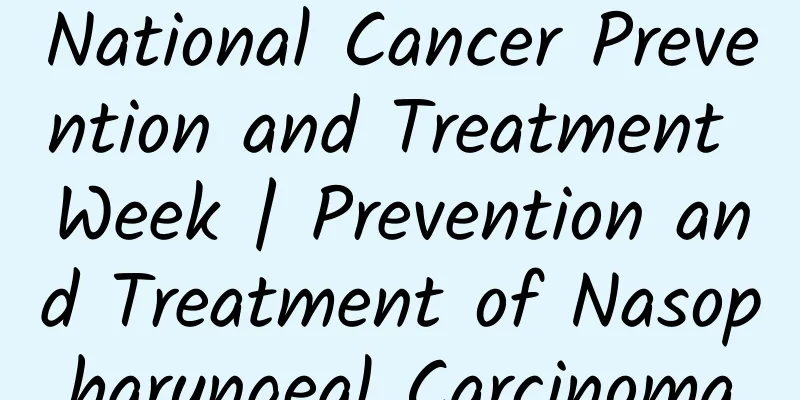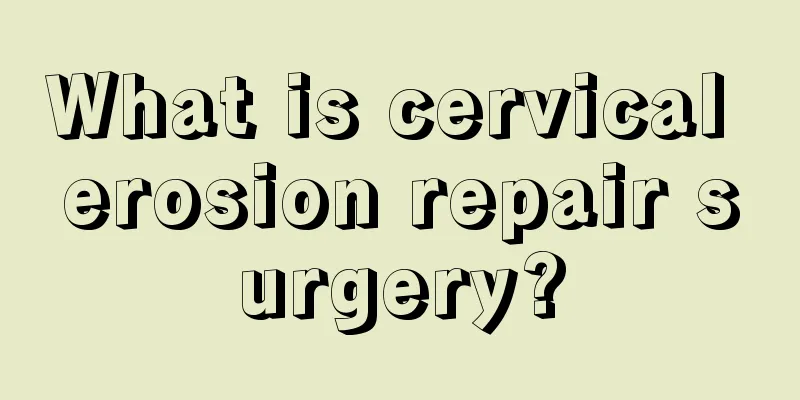National Cancer Prevention and Treatment Week | Prevention and Treatment of Nasopharyngeal Carcinoma

|
According to WHO statistics, although nasopharyngeal carcinoma occurs in many countries and regions on five continents, 80% of cases occur in China, especially in Guangdong. Clinical symptoms and pathogenic factors of nasopharyngeal carcinoma Nasopharyngeal carcinoma is a malignant tumor that occurs in the nasopharynx or upper throat and is very likely to invade important tissues such as the skull base and metastasize to the cervical lymph nodes and distant sites. Due to the particularity of the early site of occurrence and the diverse and non-specific clinical symptoms, it is difficult to detect early-stage nasopharyngeal carcinoma patients. When some symptoms appear and they go to the hospital for examination, 80% of patients have already reached the advanced stage. Several studies have confirmed that Epstein-Barr virus (EB virus) is closely related to the occurrence of nasopharyngeal carcinoma, and EB virus DNA, RNA and gene transcription products are involved in the formation of nasopharyngeal carcinoma. At the same time, the occurrence of nasopharyngeal carcinoma is related to eating habits (eating a lot of pickled fish and other pickled products), chemical substances (smoke, dust and chemicals) at work, family inheritance or exposure to the same risk factors. Figure 1 Clinical symptoms of nasopharyngeal carcinoma Diagnosis of Nasopharyngeal Carcinoma Nasopharyngeal endoscopy: Nasopharyngeal endoscopy is the main diagnostic method for nasopharyngeal carcinoma in clinical practice. Pathological biopsy performed using nasopharyngeal endoscopy is also the "gold standard" for the diagnosis of nasopharyngeal carcinoma. Imaging examination: Imaging diagnosis has unique advantages in the structure and functional metabolism of living tissues, and is a relatively non-invasive detection method. Therefore, it has been widely used in the preoperative diagnosis and postoperative evaluation of nasopharyngeal carcinoma. The main imaging diagnostic methods for nasopharyngeal carcinoma currently include CT, MRI, emission computed tomography (ECT) and image integration technology. Detection of Epstein-Barr virus antibodies and DNA in peripheral blood: Elevated antibodies to Epstein-Barr virus-related antigens, especially IgA antibodies, are often found in the serum of nasopharyngeal carcinoma patients. These antibodies are often used in the diagnosis and risk assessment of nasopharyngeal carcinoma. Epstein-Barr virus DNA has important clinical significance in the clinical staging, prognosis and efficacy evaluation of nasopharyngeal carcinoma. Histological diagnosis: The main targets of immunohistochemistry for NPC are proteins encoded by Epstein-Barr virus and tumor suppressor gene p53, which can be used for early screening and prognosis assessment. Treatment of nasopharyngeal cancer The main treatment methods for nasopharyngeal cancer at present are radiotherapy, chemotherapy, and a combination of radiotherapy and chemotherapy. Nasopharyngeal carcinoma is very sensitive to radiotherapy, and patients with early nasopharyngeal carcinoma have very good results after radiotherapy. The combined use of radiotherapy and cisplatin drugs is the current standard treatment for nasopharyngeal carcinoma, which can achieve a local control rate of more than 80% for nasopharyngeal carcinoma. In addition, surgical treatment is a local treatment of the lesion, which can achieve the purpose of accurately treating the lesion under direct vision. It is worth mentioning targeted therapy. The current treatment targets for nasopharyngeal carcinoma are mainly concentrated on epidermal growth factor receptor, vascular endothelial growth factor, mTOR, etc. The newly emerging immunotherapy methods are mainly based on T cell immunotherapy and oncolytic viruses. Prevention of nasopharyngeal cancer Maintain good living habits and reduce contact with risk factors, such as eating less or no pickled food and not smoking; avoid long-term exposure to heavily polluted environments and avoid inhaling harmful smoke and chemicals; reduce the risk of Epstein-Barr virus infection, wash hands frequently, and keep the nose and throat clean; conduct screening early, and high-risk groups, especially those in high-incidence areas and with a family history of the disease, are recommended to be screened once a year. (Author: Cao Longbin, Department of Medical Laboratory, The Seventh Affiliated Hospital of Southern Medical University) |
<<: About pathology sections, these are what you need to know →
Recommend
How is cervical dilation performed?
Female friends certainly need to know how cervica...
When did the male and female protagonists of Itaewon Class get together? Who is Park Sae-ro-yi dating in Itaewon Class?
When will the male and female protagonists of Ita...
What are the subjects for the primary school teacher qualification certificate examination? What is the application process for the teacher qualification certificate?
The teacher qualification examination is official...
Can kidney deficiency cause infertility in women?
Maintaining good health is a very important thing...
Which dishes can help stop milk production? Eat these dishes to stop milk production quickly without any bloating or pain.
After the breastfeeding period, many new mothers ...
How long after the injection can I put on makeup
With the rapid development of the beauty industry...
What symptoms will women's qi and blood deficiency cause?
Deficiency of both Qi and blood is one of the pro...
What is ectropion of the cervix?
Mothers should have a full understanding of child...
What vitamins should I take for vulvar leukoplakia
Women often suffer from gynecological inflammator...
Symptoms of female sexual indifference
Here are some signs of female sexual apathy. Many...
What is the cause of the itchy bumps on the vulva?
Many women have the problem of genital itching, b...
What's wrong with the yellow leucorrhea below?
Women should pay attention if they have yellow va...
The difference between functional uterine bleeding and menstruation is that the former causes more bleeding.
Many women do not understand the difference betwe...
What are the reactions of the first month of pregnancy?
Getting married and having children are major eve...
What should I pay attention to when I have pelvic effusion?
If a woman has pelvic effusion, in addition to re...









